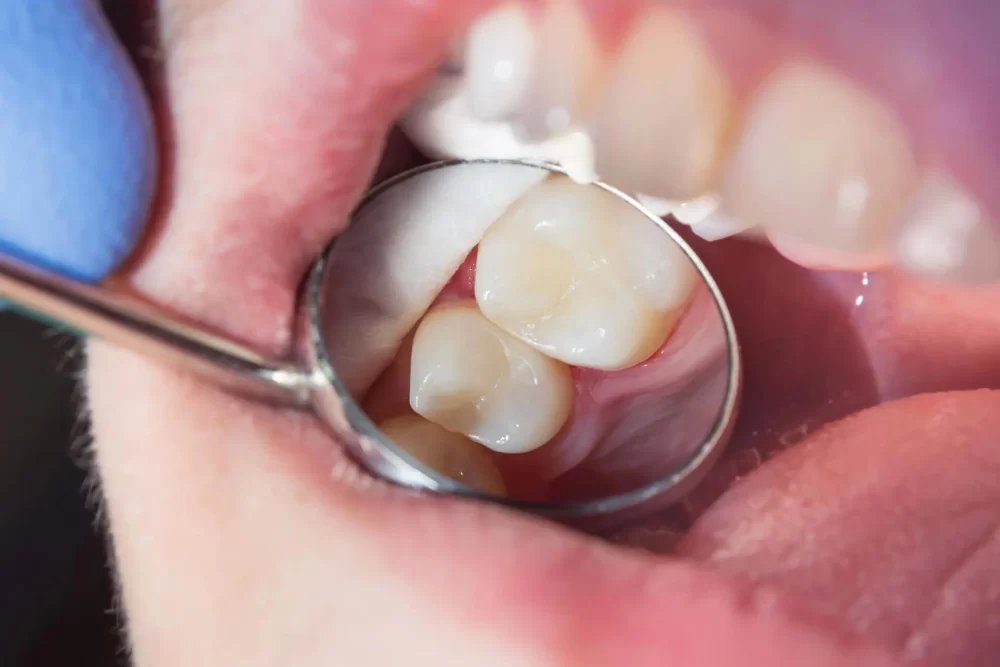
- understanding-dental-fillings-and-their-vulnerability
- step-by-step-guide-on-how-to-care-for-dental-fillings-after-treatment
- long-term-maintenance-care-and-what-to-watch-out-for
- real-life-experiences-and-common-mistakes-to-avoid
- expert-suggestions-and-where-to-find-the-right-products
1. Understanding Dental Fillings and Their Vulnerability
Dental fillings are one of the most common procedures to restore damaged or decayed teeth. Whether you're dealing with composite resin, amalgam, gold, or ceramic fillings, their care begins right after the dental chair moment ends. Many people assume a filled tooth is "fixed forever," but that’s far from the truth. Fillings are vulnerable to pressure, bacteria, and even your daily habits. Understanding this can help you avoid costly repairs and future oral health issues.
Take Sarah, a 32-year-old marketing professional. She got her molar filled with composite resin after a small cavity was detected. Three months later, she bit down on a popcorn kernel and cracked the edge of the filling. Not only did she have to redo the procedure, but she also learned the importance of avoiding certain foods post-treatment.
2. Step-by-Step Guide on How to Care for Dental Fillings After Treatment
2.1 The First 24 Hours: What You Must Know
After your filling procedure, the numbing sensation might linger. During this period:- Avoid chewing on the filled side of your mouth.- Stick to soft foods.- Refrain from drinking hot or extremely cold beverages as your tooth may be sensitive.- If you had an amalgam (metal) filling, avoid hard chewing for at least 24 hours as it takes longer to set.
Immediate care post-filling helps prevent dislodgement and supports the material’s integrity as it bonds with your tooth structure.
2.2 Adjusting to Your Bite: Signs You Shouldn’t Ignore
Once the anesthesia wears off, pay close attention to how your teeth align. If your filling feels "off" when you bite, this could lead to uneven pressure and even pain over time. Report any discomfort to your dentist promptly—it might need minor adjustments.
2.3 Cleaning Techniques Post-Filling
Gentle brushing using a soft-bristled toothbrush is essential. Focus on:- Brushing twice a day using fluoride toothpaste.- Flossing around the filled tooth with care to avoid damaging the edges.- Avoiding abrasive whitening toothpaste that could wear down certain types of fillings.
Remember, proper cleaning doesn’t just protect your filling—it protects your entire oral ecosystem.
3. Long-Term Maintenance Care and What to Watch Out For
3.1 The Role of Diet in Filling Longevity
Sugary snacks and acidic drinks are enemies of dental fillings. Over time, sugar encourages plaque buildup, and acid erodes the bonding surface. If you love sodas or fruit juices, consider sipping them with a straw and rinsing with water afterward.
Crunchy foods like nuts or ice can lead to microfractures. A patient from our community reported chipping her filling after frequently chewing ice as a stress habit. Awareness goes a long way in protecting your dental investment.
3.2 Scheduling Regular Check-Ups
Even if your tooth feels fine, visiting the dentist every six months ensures early detection of problems. Dentists often identify tiny cracks or signs of wear that aren’t visible or painful—yet. These preventive checks can save you from major expenses.
4. Real-Life Experiences and Common Mistakes to Avoid
A frequent mistake patients make is assuming fillings are invincible. Mark, an active gym-goer, used his teeth to open protein bar wrappers—until he damaged the filling on his front tooth. These stories highlight the importance of treating filled teeth with the same care as natural ones.
Another overlooked issue is teeth grinding. Bruxism, especially during sleep, puts immense stress on fillings. Wearing a custom night guard can drastically reduce damage risks.
5. Expert Suggestions and Where to Find the Right Products
Professionals recommend investing in quality oral care products tailored to sensitive teeth and filling protection:- Fluoride rinses to strengthen enamel around the filling.- Interdental brushes or water flossers to clean around tightly spaced fillings.- Soft-bristled electric toothbrushes that reduce mechanical wear.
For personalized product recommendations, visit our trusted site Dentistry Toothtruth where we review and curate the best options tailored to your filling type and oral care needs.
Whether you're new to fillings or have had them for years, understanding their care and maintenance isn't just about avoiding pain—it's about extending the life of your dental work and preserving your natural smile.







 Los Coyotes Imaging Center: Le Hanh N DDS5.0 (2 review)
Los Coyotes Imaging Center: Le Hanh N DDS5.0 (2 review) Gentle Dental West Roxbury4.0 (285 review)
Gentle Dental West Roxbury4.0 (285 review) Aspen Dental - Lees Summit, MO4.0 (592 review)
Aspen Dental - Lees Summit, MO4.0 (592 review) Whitman Dental Center4.0 (1018 review)
Whitman Dental Center4.0 (1018 review) Charleston Smiles Dentistry4.0 (194 review)
Charleston Smiles Dentistry4.0 (194 review) Crestlake Dental Care4.0 (13 review)
Crestlake Dental Care4.0 (13 review) The Importance of Oral Health Education During Pregnancy for a Healthy Pregnancy
The Importance of Oral Health Education During Pregnancy for a Healthy Pregnancy Best Tips for Brushing Your Teeth Properly for Healthy Gums: Essential Techniques for Oral Health
Best Tips for Brushing Your Teeth Properly for Healthy Gums: Essential Techniques for Oral Health Why Skipping Dental Checkups Can Lead to Bigger Oral Health Problems
Why Skipping Dental Checkups Can Lead to Bigger Oral Health Problems Advantages of Porcelain Dental Restorations
Advantages of Porcelain Dental Restorations How Can Diabetes Cause Tooth and Gum Problems? Preventing and Managing Oral Health Issues
How Can Diabetes Cause Tooth and Gum Problems? Preventing and Managing Oral Health Issues Healthy Habits for Promoting Good Oral Health and Hygiene: Tips for a Healthy Smile
Healthy Habits for Promoting Good Oral Health and Hygiene: Tips for a Healthy Smile